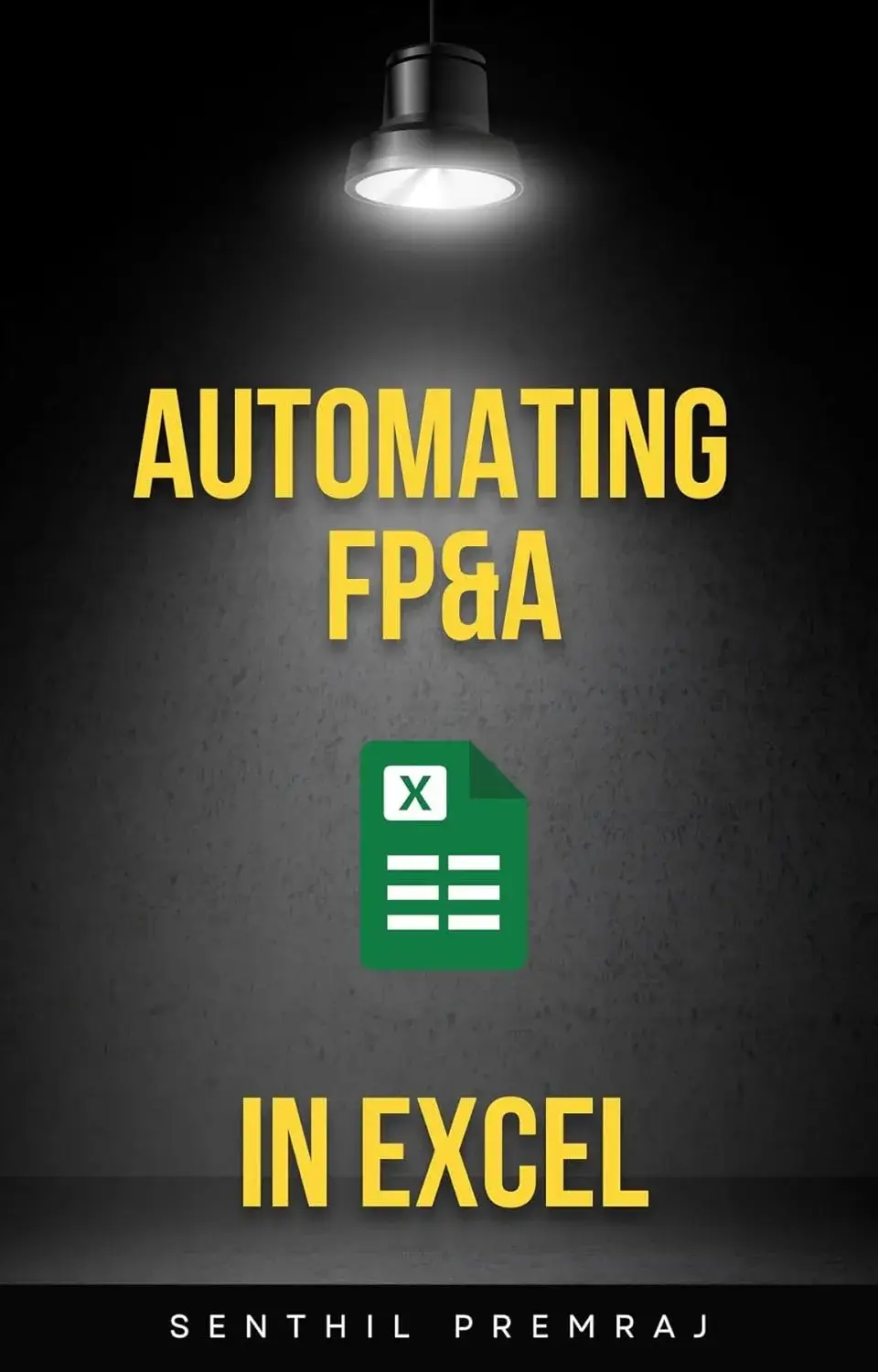If you’re searching for the most affordable financial reporting solutions in 2025, chances are you’re trying to streamline your month-end close, create better financial insights, and move beyond manual Excel reporting—without breaking your budget.
The truth is, every finance journey starts in Excel. It’s free, familiar, and powerful for building basic reports. If you’re still mapping trial balances into P&L and balance sheets manually, check out our step-by-step guide to mapping trial balance to financial statements — it will save you hours every month.
From there, the next step is software. Today’s tools fall into two buckets:
- Financial reporting tools that automate reports and dashboards (often working inside Excel or Google Sheets)
- FP&A platforms that go further—handling budgeting, forecasting, and scenario planning for more complex organizations
Financial Reporting Software vs. FP&A Software
Financial reporting software helps you generate key reports—P&L, balance sheets, and cash flow statements—often starting with your trial balance and automating the output.
FP&A software goes further by enabling:
- Budgeting & forecasting
- KPI modeling
- Scenario planning
- Collaborative workflows
👉 Not sure when to make the leap from reporting tools to full FP&A? Read our full Financial Reporting Software Guide.
FP&A Platforms (Advanced Forecasting, Budgeting, and Planning)
These solutions go beyond simple reporting—they support end-to-end budgeting, collaborative planning, and strategic analysis. Perfect for mid-sized to large companies who want to upgrade from spreadsheet chaos.
PivotXL – From $50 – $2500/month (self-serve tier – Enterprise tier)
Excel-based FP&A software with powerful scripting, consolidation, and analyst support. Half the price of most enterprise FP&A tools—and the only one offering a self-serve sign-up option.
- ✅ See product documentation
- ✅ Watch product demos on YouTube
Cube – Typically $2,000–$10,000/month
Integrates with Excel and Google Sheets; fast to deploy and easy to use. Pricing starts higher because it’s sales-led, but it’s a good fit for growing finance teams.
Datarails – Around $2,000–$10,000/month
Focused on finance teams. Provides consolidation, dashboards, and automation for faster monthly reporting. Often requires a full onboarding package.
Vena Solutions – $2,500 – $10,000/month
Enterprise-grade platform built around Excel. Includes workflows, templates, and planning modules for larger organizations—expect a sales cycle and higher setup costs.
Planful – $3,000+/month
A cloud-native FP&A platform for continuous planning, forecasting, and dynamic dashboards. Suited for mid-market to enterprise, not entry-level budgets.
Jedox – $3,000+/month
Strong in modeling and performance management. Great for enterprises with multi-dimensional planning needs, but pricing reflects enterprise scope.
Workday Adaptive Planning – $4,000+/month
Enterprise-focused, particularly valuable for organizations already using Workday ERP. Premium pricing for large-scale operations.
Prophix – $2,500–$4,000/month
Known for budgeting, what-if analysis, and driver-based modeling. Strong appeal for the mid-market, but more expensive than Excel-based FP&A like PivotXL.
Financial Reporting Tools (Excel & Google Sheets Add-ons)
If you want to keep working in Excel or Google Sheets but save time on repetitive reporting tasks, these tools are affordable, lightweight, and perfect for smaller teams.
G-Accon – $39–$99/month
Connects QuickBooks and Xero to Google Sheets. Affordable for accountants and SMBs who want reporting automation without a big software investment.
LiveFlow – $49–$99/month
Pulls QuickBooks data into Google Sheets in real time for dynamic reports and dashboards. Similar pricing to G-Accon, with strong focus on Google Sheets users.
Reach Reporting – $59–$199/month
QuickBooks-compatible platform with pre-built templates and dashboards. A favorite for SMBs—cost-effective but limited to accounting data.
Fathom – $44–$250/month
Turns accounting data into clean visuals and benchmarks. Affordable entry plans for accountants; higher tiers for larger teams.
Syft Analytics – $30–$250/month
Automates reporting across accounting platforms, offering audit trails and visual outputs. Budget-friendly starter tiers make it popular with bookkeepers.
Helu.io – $99–$299/month
An FP&A-lite tool for agencies and startups—delivering simplified budget control and reporting at a lower cost.
Spotlight Reporting – $40–$250/month
Helps accountants and advisors provide reporting as a service, with forecasting and KPI tracking included.
How to Choose the Right Software
Ask yourself these key questions:
✅ Do I need just reporting or also forecasting and planning?
✅ Am I working solo or across multiple departments?
✅ Do I prefer Excel, Google Sheets, or a web interface?
✅ Is consolidation or multi-entity support a must-have?
Final Recommendation
If you need:
- Speed & simplicity → Try LiveFlow, G-Accon, or Reach Reporting
- FP&A power inside Excel → Choose PivotXL or Vena
- Excel replacement FP&A software → Look into Planful, Jedox, or Adaptive Planning
To explore PivotXL—the platform that combines reporting, scripting, and forecasting in Excel—book a demo here.



